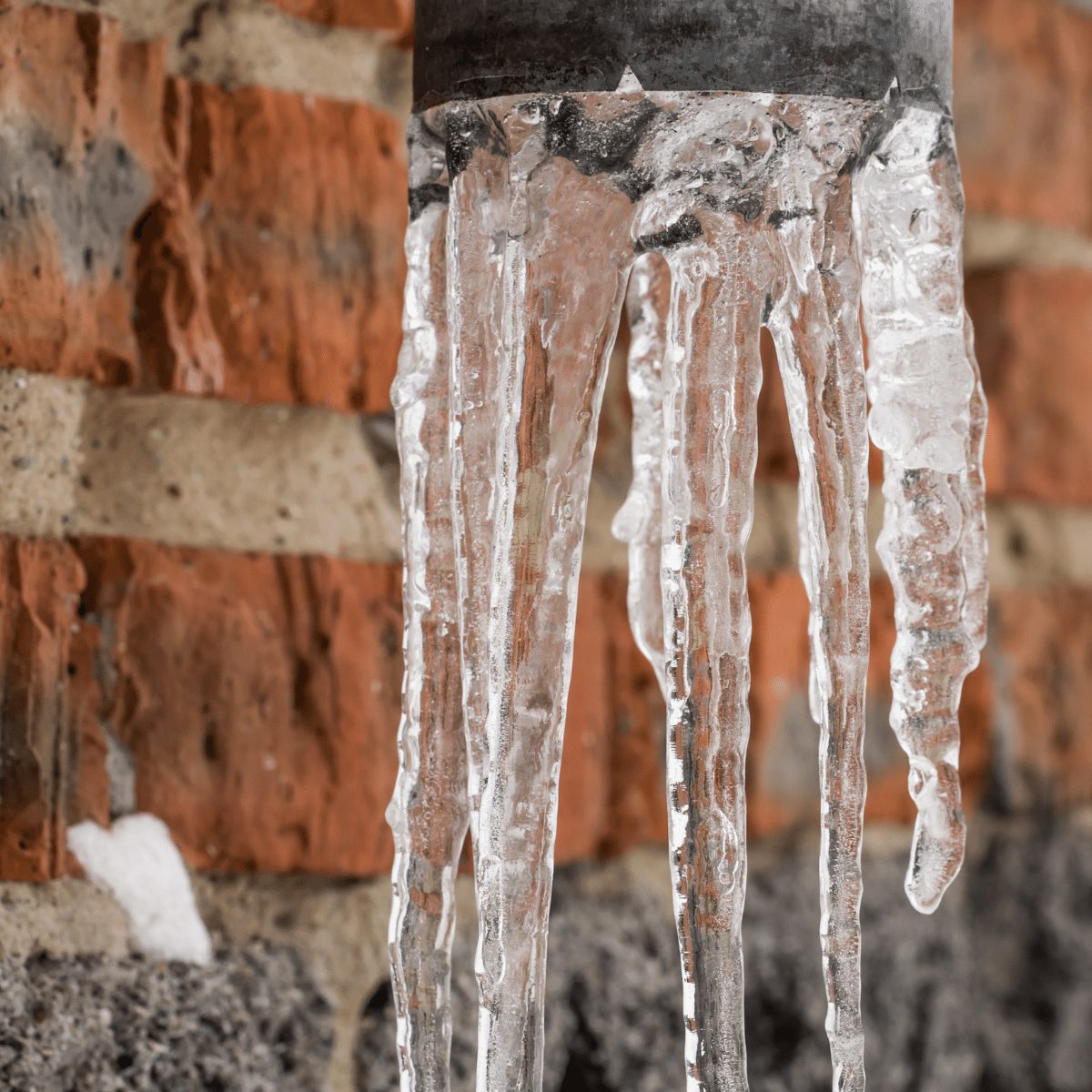We have come across the article on How To Avoid Freezing Pipes below on the internet and felt it made sense to talk about it with you on my blog.

Winter can wreak havoc on your plumbing, particularly by freezing pipes. Here's just how to avoid it from taking place and what to do if it does.
Introduction
As temperatures decline, the risk of icy pipes rises, potentially bring about expensive repairs and water damage. Understanding just how to avoid icy pipelines is vital for homeowners in cool environments.
Comprehending Frozen Pipes
What triggers pipes to freeze?
Pipes freeze when exposed to temperature levels below 32 ° F (0 ° C) for extended durations. As water inside the pipes ices up, it expands, putting pressure on the pipe wall surfaces and possibly creating them to break.
Threats and problems
Icy pipelines can bring about water supply disturbances, home damage, and pricey repair work. Ruptured pipes can flood homes and trigger substantial architectural damages.
Indications of Frozen Piping
Determining icy pipes early can stop them from breaking.
Just how to identify icy pipelines
Search for decreased water flow from faucets, unusual odors or sounds from pipelines, and noticeable frost on exposed pipes.
Prevention Tips
Shielding at risk pipes
Cover pipelines in insulation sleeves or make use of warm tape to safeguard them from freezing temperature levels. Concentrate on pipelines in unheated or outside areas of the home.
Heating methods
Keep interior spaces effectively warmed, specifically areas with plumbing. Open up cabinet doors to enable cozy air to distribute around pipelines under sinks.
Protecting Outdoor Plumbing
Garden hoses and exterior taps
Disconnect and drain pipes garden hoses before winter months. Mount frost-proof faucets or cover exterior taps with insulated caps.
What to Do If Your Pipelines Freeze
Immediate activities to take
If you think icy pipelines, keep faucets available to ease pressure as the ice thaws. Make use of a hairdryer or towels soaked in hot water to thaw pipelines slowly.
Long-Term Solutions
Structural changes
Think about rerouting pipelines far from exterior wall surfaces or unheated areas. Add added insulation to attic rooms, basements, and crawl spaces.
Upgrading insulation
Purchase high-quality insulation for pipes, attic rooms, and wall surfaces. Correct insulation assists maintain constant temperature levels and lowers the threat of frozen pipes.
Final thought
Preventing icy pipes needs aggressive measures and quick responses. By understanding the causes, indications, and safety nets, homeowners can safeguard their pipes during winter.
5 Ways to Prevent Frozen Pipes
Drain Outdoor Faucets and Disconnect Hoses
First, close the shut-off valve that controls the flow of water in the pipe to your outdoor faucet. Then, head outside to disconnect and drain your hose and open the outdoor faucet to allow the water to completely drain out of the line. Turn off the faucet when done. Finally, head back to the shut-off valve and drain the remaining water inside the pipe into a bucket or container. Additionally, if you have a home irrigation system, you should consider hiring an expert to clear the system of water each year.
Insulate Pipes
One of the best and most cost-effective methods for preventing frozen water pipes is to wrap your pipes with insulation. This is especially important for areas in your home that aren’t exposed to heat, such as an attic. We suggest using foam sleeves, which can typically be found at your local hardware store.
Keep Heat Running at 65
Your pipes are located inside your walls, and the temperature there is much colder than the rest of the house. To prevent your pipes from freezing, The Insurance Information Institute suggests that you keep your home heated to at least 65 degrees, even when traveling. You may want to invest in smart devices that can keep an eye on the temperature in your home while you’re away.
Leave Water Dripping
Moving water — even a small trickle — can prevent ice from forming inside your pipes. When freezing temps are imminent, start a drip of water from all faucets that serve exposed pipes. Leaving a few faucets running will also help relieve pressure inside the pipes and help prevent a rupture if the water inside freezes.
Open Cupboard Doors
Warm your kitchen and bathroom pipes by opening cupboards and vanities. You should also leave your interior doors ajar to help warm air circulate evenly throughout your home.

I am very inquisitive about Helpful Tips to Prevent Frozen Pipes this Winter and I hope you appreciated our entry. Sharing is nice. Helping others is fun. Thanks so much for your time spent reading it.
Details Here
Comments on “How to Defend Your Plumbing from Freezing: Essential Strategies”